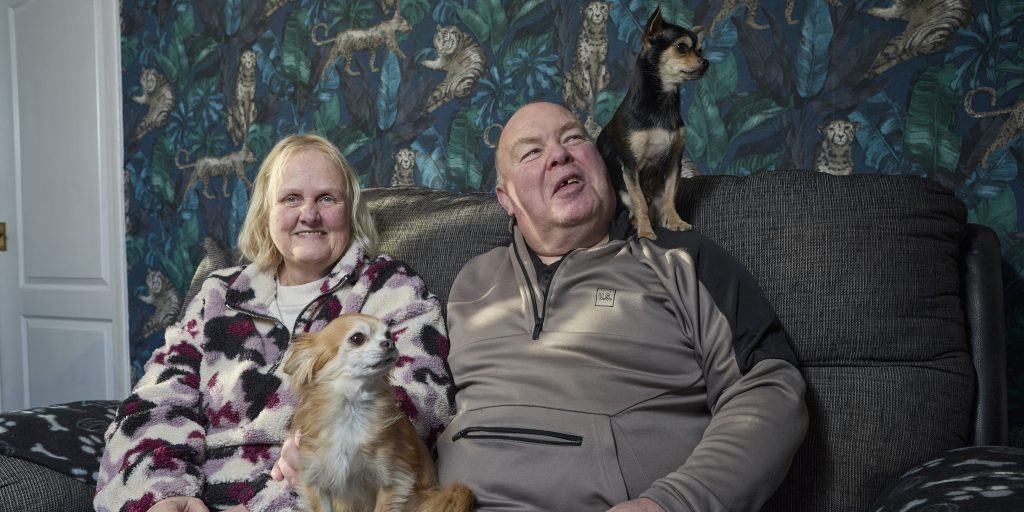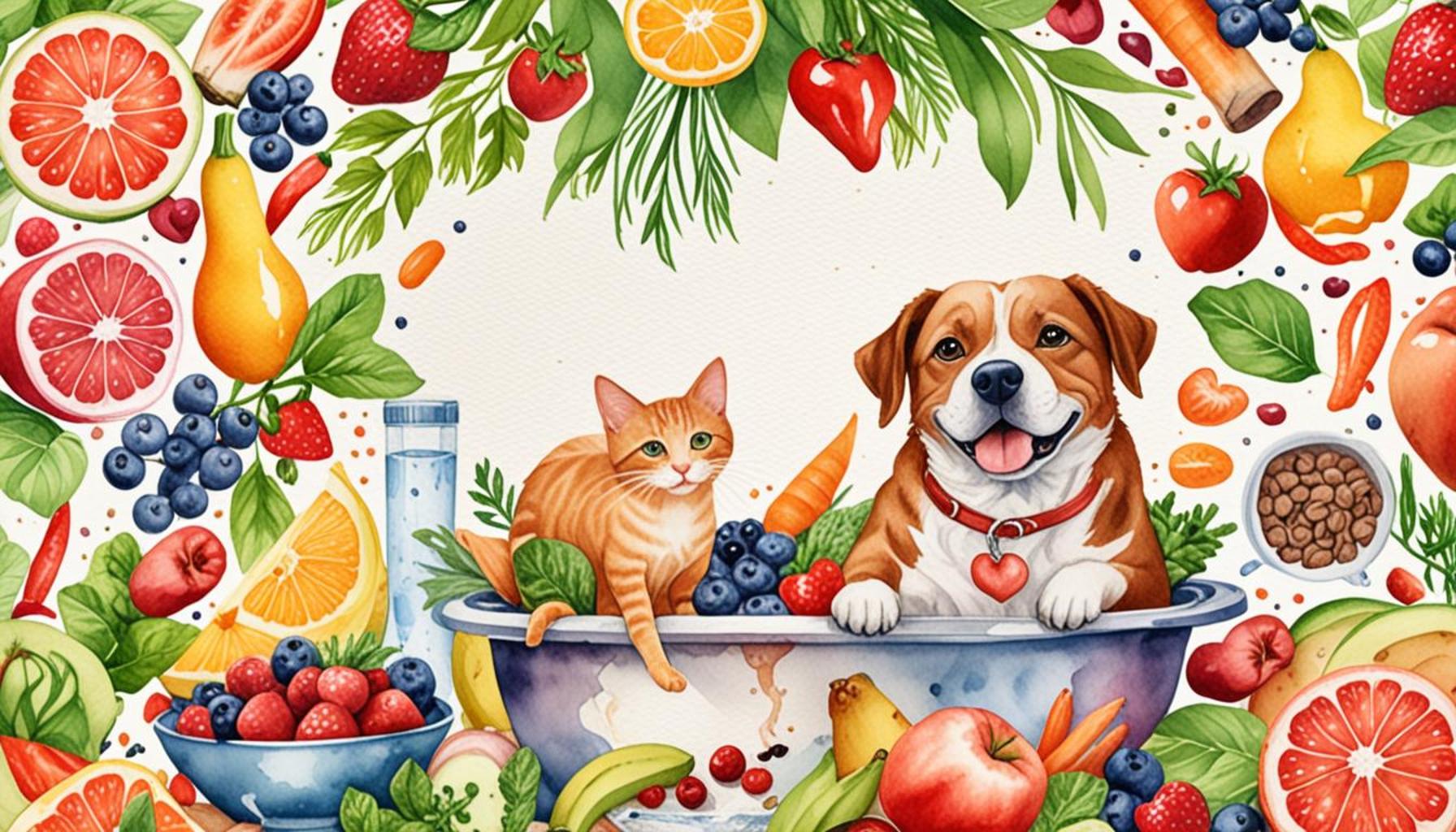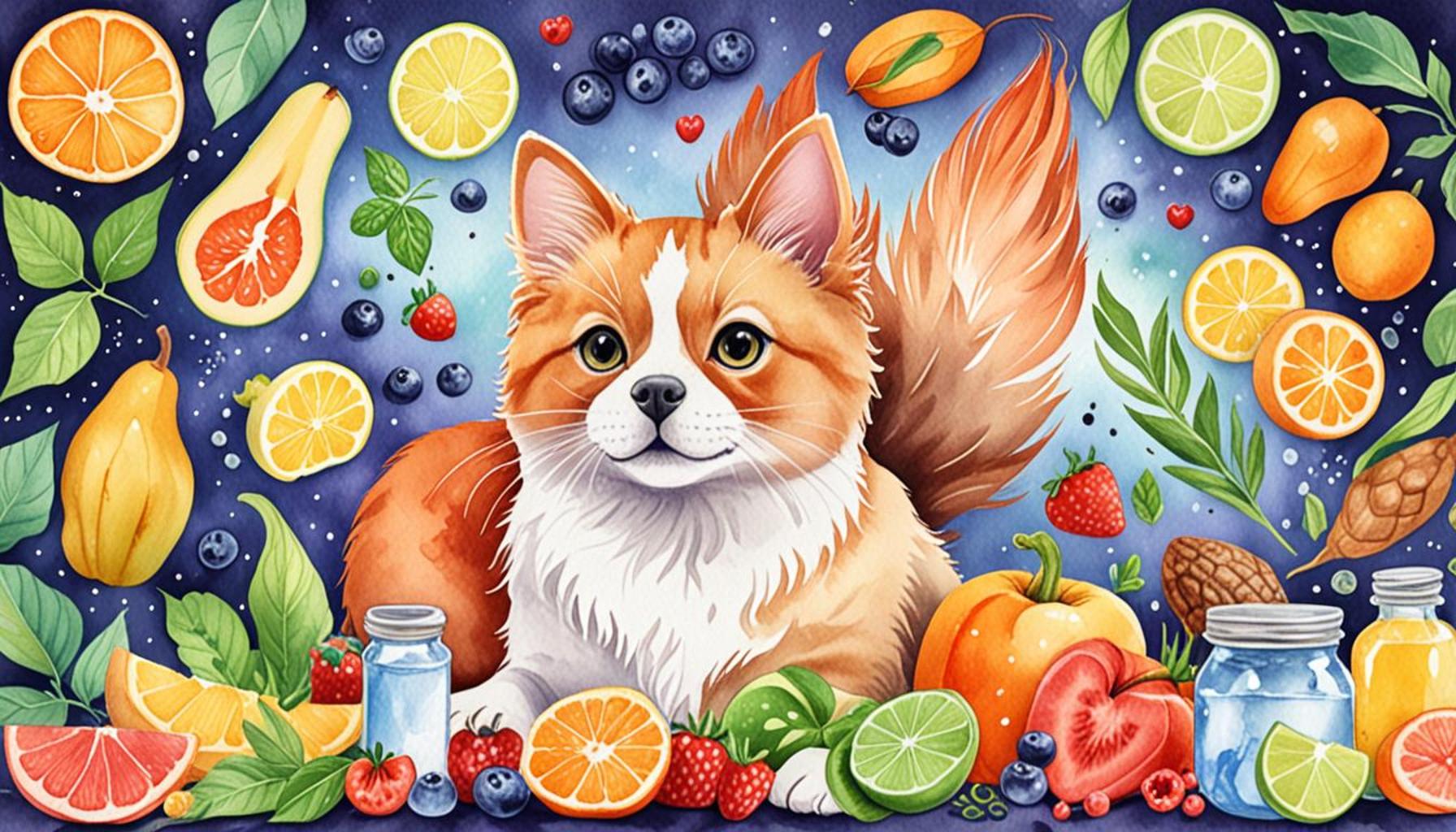The Benefits of Animal-Assisted Therapy for Mental Health

The Transformative Role of Animals in Healing
The bond between humans and animals dates back centuries, often characterized by mutual affection and companionship. However, recent studies have unveiled a deeper, more transformative role of this connection, particularly in the realm of mental health. Animal-Assisted Therapy (AAT) enhances traditional treatment modalities by incorporating trained therapy animals into therapeutic settings, providing both emotional and psychological support to those grappling with mental health challenges.
As the number of therapeutic programs incorporating AAT continues to grow across the United States, it is increasingly important to recognize the extensive benefits this approach offers. Below are some key advantages that elevate AAT as a valuable component of mental health treatment:
- Reduction of anxiety and depression: Numerous studies indicate that spending time with therapy animals can significantly elevate mood and lower feelings of loneliness. For instance, patients in hospitals often report lower anxiety levels after interaction with therapy dogs, which can lead to a further reduction in the symptoms of depression.
- Improved emotional regulation: Engaging with animals fosters non-verbal communication, helping patients develop enhanced coping strategies. Individuals with trauma backgrounds report finding comfort and acceptance in their interactions with animals, leading to improved emotional stability.
- Enhanced social skills: AAT promotes interaction and connection, particularly benefiting those who struggle with social anxiety. For children on the autism spectrum, the presence of therapy animals can act as a bridge to social engagement, facilitating friendships and communication.
Moreover, AAT is a remarkably flexible therapeutic approach. It can be individualized to cater to diverse needs, whether it’s assisting veterans dealing with the ramifications of PTSD or supporting children learning to navigate their emotions. Programs such as “Paws for People” have seen success by providing certified therapy animals to various care facilities, illustrating the broad application of AAT in different therapeutic environments.
As awareness of the benefits of AAT expands, more mental health professionals are beginning to integrate this innovative approach into their practices. This growing trend points to a shift towards more holistic treatments that recognize the fundamental role that emotional bonds play in recovery and well-being. By delving deeper into the merits of Animal-Assisted Therapy, it becomes evident that its potential to transform traditional mental health treatments is groundbreaking, offering hope and healing to diverse populations.
Exploring this fascinating therapeutic methodology not only broadens our understanding of mental health interventions but also sheds light on the profound impact of human-animal relationships in fostering emotional well-being. The journey into AAT may reveal innovative pathways to healing, supporting individuals in their pursuit of mental wellness.

DON’T MISS: Click here to discover essential travel tips for your pet
Key Benefits of Animal-Assisted Therapy
Animal-Assisted Therapy (AAT) is not just a novel approach; it is a scientifically-backed method that offers numerous advantages in mental health treatment. By leveraging the unconditional love and support of animals, therapists are finding innovative ways to engage patients and facilitate healing in areas where traditional approaches may fall short. Below, we explore some of the most notable benefits of AAT:
- Reduction of anxiety and stress: Several studies have shown that the presence of therapy animals can lead to lower cortisol levels, which is the hormone associated with stress. For example, patients in therapeutic settings experiencing anxiety often report immediate relief after interacting with a therapy dog. These moments not only elevate mood but can also drastically reduce their feelings of isolation and overwhelm.
- Enhanced emotional connections: Interaction with animals can help strengthen emotional bonds, not just between the patient and the therapy animal but also among family members and caregivers. AAT encourages patients to express their feelings more openly, fostering an environment that promotes emotional healing. In some cases, patients have shared their feelings more readily when speaking to a therapy animal than during traditional therapy sessions.
- Increased motivation for treatment: AAT provides a unique and enjoyable aspect to the therapeutic process, making it more appealing for patients, particularly for children and adolescents. As patients engage in activities with therapy animals, they often become more involved in their treatment plans. This playful interaction can lead to improved therapeutic outcomes and increased commitment to the healing process.
The variety of animals utilized in AAT, ranging from dogs and cats to horses and even miniature pigs, demonstrates the versatility and adaptability of this approach. Each species interacts with patients in different ways, serving unique therapeutic functions. For instance, equine therapy, where patients engage with horses, has been praised for its ability to help individuals develop self-confidence and improve emotional awareness.
Another compelling advantage of AAT is its assistive capability in addressing specific mental health issues such as depression, anxiety disorders, and post-traumatic stress disorder (PTSD). There are numerous anecdotal success stories, such as those involving war veterans who have found solace and companionship through AAT programs designed explicitly for their needs. The empathetic nature of animals provides a non-judgmental space that creates lasting bonds, which can be pivotal in recovery.
Moreover, the non-verbal communication that occurs during interactions with therapy animals can lead to significant breakthroughs. Patients learn to express feelings and emotions that might otherwise be bottled up, using the animals as sounding boards. This shift in communication often leads to better emotional regulation and resilience, skills that are essential for long-term mental health.
As more healthcare providers recognize the profound impacts of Animal-Assisted Therapy, we are likely to see its integration into a variety of therapeutic practices. This shift hints at an evolving landscape in mental health care, one that embraces holistic approaches and prioritizes emotional connections as essential components of healing.
| Category | Advantages |
|---|---|
| Emotional Support | Animals can provide unconditional love, reducing feelings of loneliness and anxiety. |
| Stress Reduction | Interactions with animals have been shown to lower cortisol levels and increase serotonin, fostering a sense of calm. |
| Social Skills | Therapy sessions involving animals enhance communication skills in individuals, fostering better social interactions. |
| Physical Activity | Working with animals encourages movement and exercise, contributing to overall physical health and well-being. |
| Empathy Development | Caring for animals nurtures emotional intelligence and empathy in individuals, fostering connections to others. |
Animal-Assisted Therapy (AAT) can be a profound avenue towards enhancing mental health, combining the innate connectivity between humans and animals to yield remarkable therapeutic outcomes. Individuals engaging in AAT often experience significant decreases in anxiety and depression. Therapy animals serve not merely as companions but as facilitators of recovery, guiding individuals toward personal insights and coping strategies. With ongoing research shedding light on the physiological impacts of AAT, including decreased blood pressure and lowered heart rates, it becomes increasingly evident that the furry friends we adore play a vital role in our mental well-being. Embracing such therapy opens up a world of possibilities for innovative treatments. Discover how AAT can change perspectives and promote healing in your life or the lives of loved ones.
DISCOVER MORE: Click here to uncover holistic options for your pets
New Perspectives in Healing through Animal-Assisted Therapy
The benefits of Animal-Assisted Therapy (AAT) extend beyond specific mental health challenges to encompass broader therapeutic gains. As the field of mental health continues to evolve, AAT is proving to be a game-changer by promoting stability, confidence, and psychological well-being in individuals facing life’s challenges. Here, we delve into additional noteworthy advantages:
- Support in social skill development: For individuals struggling with social anxiety or autism spectrum disorders, AAT can serve as an effective bridge to developing essential social skills. Frequently, these patients find it less daunting to interact with animals, and this engagement can naturally lead to enhanced communication and socialization. Many therapy animals become facilitators, encouraging patients to engage with others, share experiences, and build relationships in a supportive environment.
- Improvement in physical health: Surprisingly, AAT also fosters better physical health, which is often intertwined with mental well-being. Activities with therapy animals can lead to increased physical activity, such as walking or playing, which is known to release endorphins, the body’s natural “feel-good” hormones. This holistic approach underscores the interconnectedness of body and mind, reminding patients that mental health improvements can often be complemented by enhanced physical fitness.
- Enhanced mindfulness and presence: Interacting with therapy animals encourages patients to be present and mindful, drawing attention away from their worries or anxieties. The joy and comfort derived from petting, feeding, or playing with an animal can help ground patients in the moment, creating a sense of calm and centeredness. This practice of mindfulness is a crucial component in many therapeutic modalities, promoting relaxation and emotional clarity.
Further exploring the effectiveness of AAT, a pivotal study published by the American Journal of Occupational Therapy reveals that patients participating in AAT showed notable improvements in their overall emotional state, with a 30% reduction in feelings of loneliness compared to traditional therapy sessions. This compelling statistic emphasizes the remarkable ability of animals to provide companionship and a sense of community—key elements that contribute to mental health recovery.
In addition to quantifiable improvements, the qualitative aspects of AAT cannot be overlooked. The joy and comfort that animals naturally provide can help alleviate symptoms of mental health disorders, offering a reprieve from clinical settings and prescribed medications. AAT’s informal setting creates pathways for connection and understanding, often leading to breakthroughs where conventional therapies struggle. The stories of success are abundant, as patients report newfound resilience and hope after engaging with therapy animals.
What’s more, as the stigma surrounding mental health continues to decline, programs incorporating AAT are increasingly gaining traction in schools, retirement communities, and hospitals across the United States. The use of certified therapy animals in these environments not only aids individuals in expressing their emotions but also fosters a community atmosphere where vulnerability is met with support rather than judgment. Society is beginning to recognize that, much like traditional therapy, AAT is an invaluable resource in crafting a comprehensive support system for mental well-being.
As we continue to gather evidence and testimonials on the effectiveness of AAT, it is evident that this healing practice offers innovative solutions for diverse populations. Patients from varied backgrounds are finding that therapy animals can break barriers, enhance treatment engagement, and provide unmatched companionship on their journey toward mental health recovery.
DIVE DEEPER: Click here to discover natural alternatives
Conclusion: Embracing the Future of Healing with Animal-Assisted Therapy
As we venture further into the benefits of Animal-Assisted Therapy (AAT), it is clear that this innovative approach is transforming the landscape of mental health treatment. By harnessing the therapeutic power of animals, AAT not only addresses specific mental health challenges but also promotes overall psychological stability and resilience. The evidence accumulated through research and patient testimonials showcases the multifaceted advantages of integrating therapy animals into healing practices.
From improving social skills for those facing anxiety to enhancing physical health through active engagement, the potential for Animal-Assisted Therapy to foster comprehensive healing is undeniable. It fosters mindfulness and presence, creating safe spaces for individuals to navigate their emotions in a supportive setting. This unique synergy between animal companionship and psychological therapy is not just a trend; it signifies a shift in how mental health challenges are comprehensively managed.
As the stigma surrounding mental health dissipates, there is an urgent need for expanded access to AAT in various environments across the United States—schools, hospitals, and community centers. Such programs cultivate spaces for healing that emphasize connection and understanding. Future research and clinical implementations of AAT will further illuminate its invaluable role in providing holistic mental health support.
Ultimately, Animal-Assisted Therapy serves as a poignant reminder that healing can come from the bond between humans and animals. It is our responsibility to continue advocating for these transformative practices, ensuring that everyone has the opportunity to experience the profound emotional and psychological benefits that therapy animals can offer on their journey to wellness.



